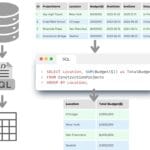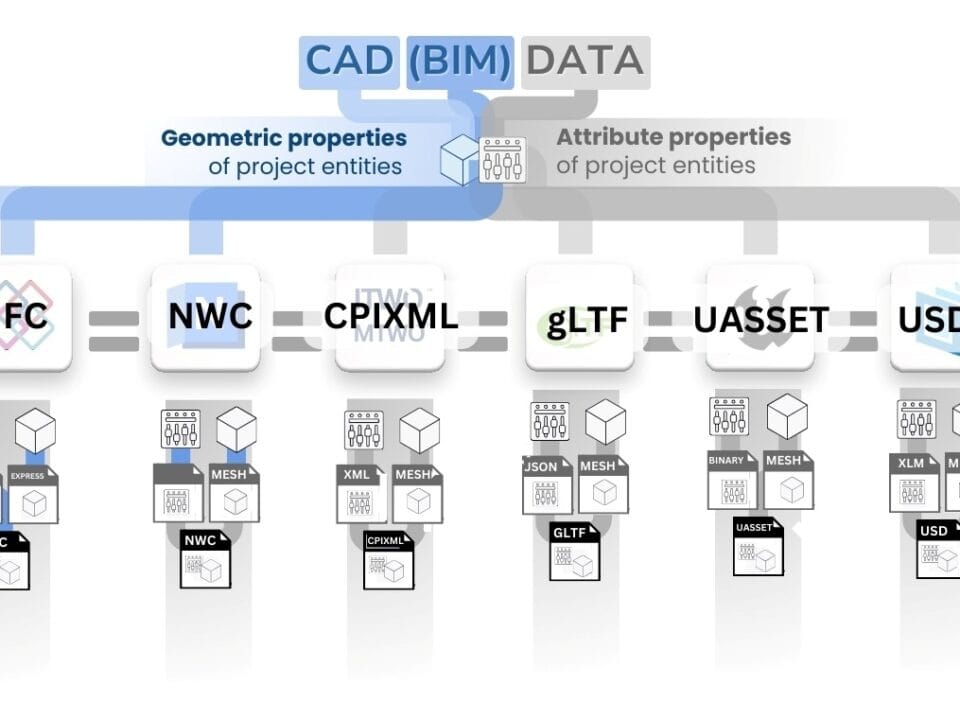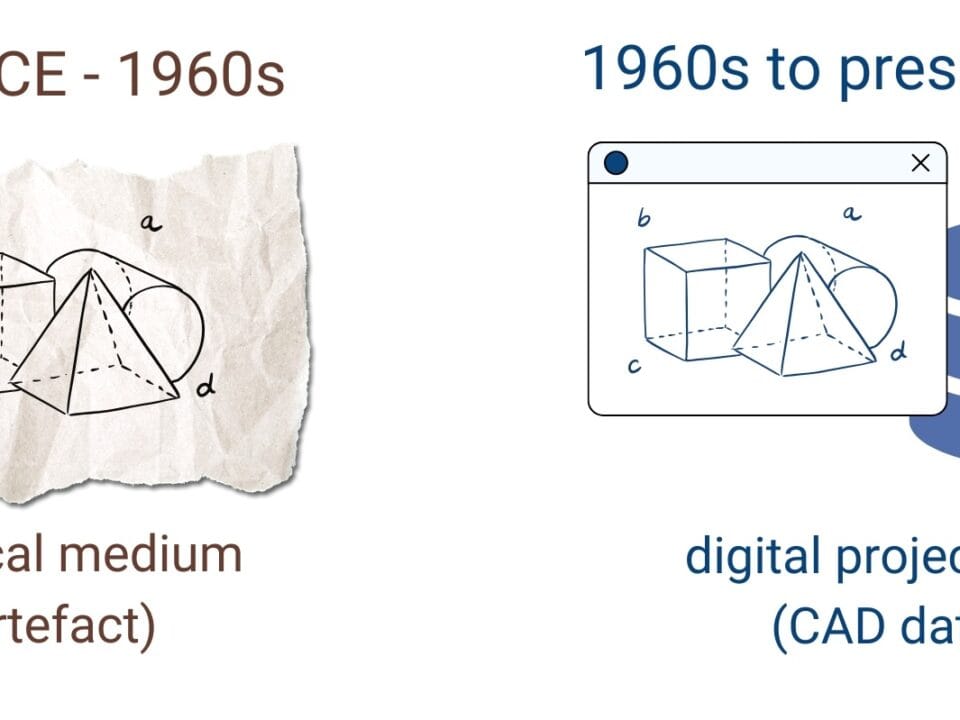Relational databases (RDBMS) are data warehousing systems that organize information into tables with defined relationships between them to efficiently store, process, and analyze data.
Data organized in databases (RDBMS) are not just digital information; they are the basis for transactions and interactions between different systems.
Here are a few of the most common relational database management systems (RDBMS) (Fig. 3.1-5):
- MySQL (Open Source) is one of the most popular RDBMS, which is a part of LAMP stack (Linux, Apache, MySQL, PHP /Perl/Python). It is widely used in web development due to its simplicity and high performance.
- PostgreSQL (Open Source) is a powerful object-relational system known for its reliability and advanced features. It is suitable for complex enterprise solutions.
- Microsoft SQL Server is a commercial system from Microsoft that is widely used in corporate environments due to its integration with other company products and high level of security.
- Oracle Database is one of the most powerful and reliable RDBMS used in large enterprises and mission-critical applications.
- IBM DB2 – targeted at large corporations, providing high performance and fault tolerance.
- SQLite (Open Source) is a lightweight embedded database, ideal for mobile applications and standalone systems such as CAD design programs (BIM).
Popular database management systems in the construction business – MySQL, PostgreSQL, Microsoft SQL Server, Oracle® Database, IBM® DB2 and SQLite – work with structured data. All these DBMSs are powerful and flexible solutions for managing a wide range of business processes and applications, from small Web sites to large-scale enterprise systems (Fig. 3.2-1).
According to Statista (Statista, “Popularity comparison of database management systems (DBMSs) worldwide as of June 2024, by category,” June 2024), relational database management systems (RDBMS) account for about 72% of the total DBMS in use in 2022.
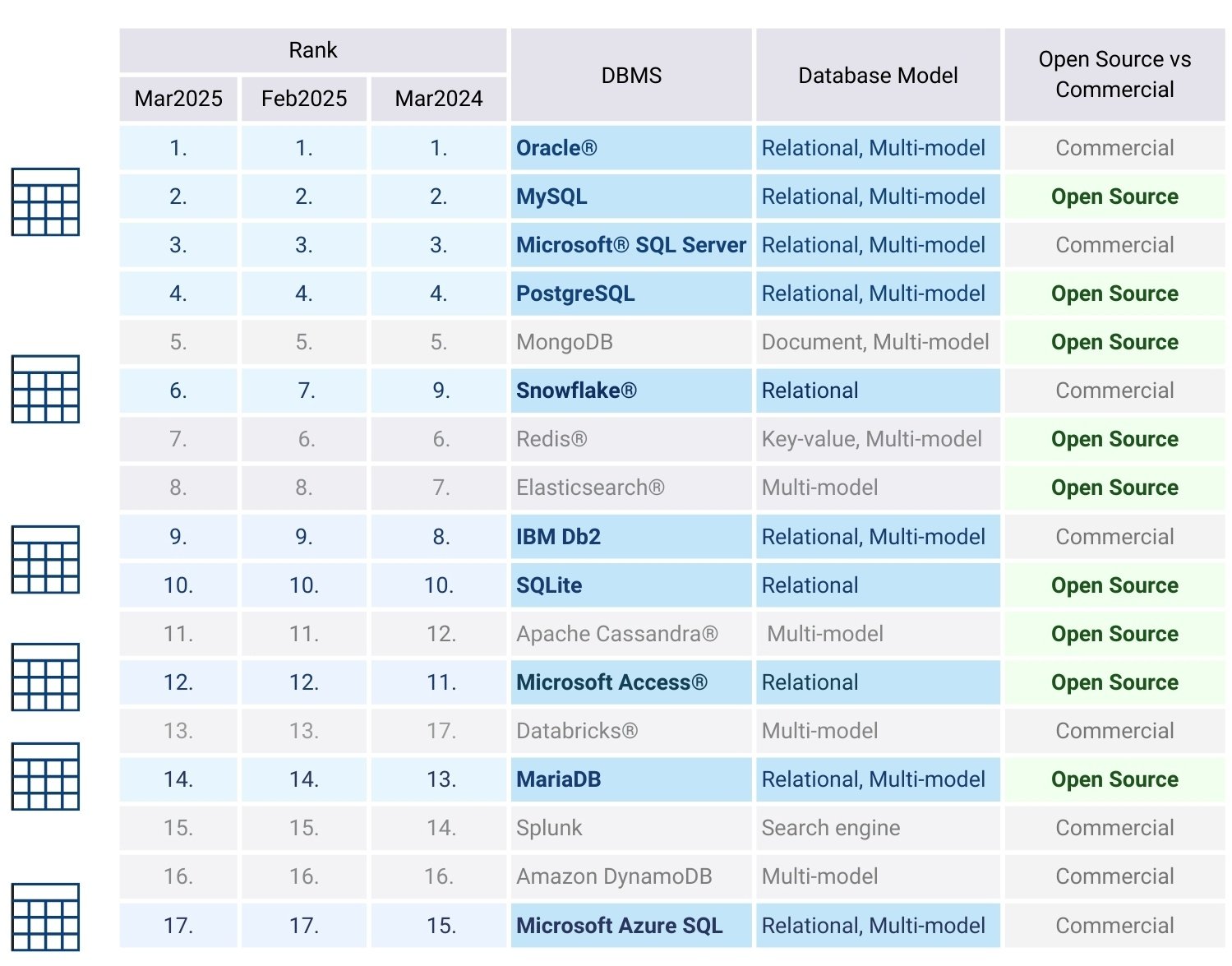
It is quite easy to install open source databases – even without extensive technical knowledge. Open source systems, such as PostgreSQL, MySQL or SQLite, are available for free and work on most operating systems: Windows, macOS and Linux. All you need is to go to the official website of the project, download the installer and follow the instructions. In most cases, installation takes no more than 10-15 minutes. We will model and create one of such databases in the fourth part of the book (Fig. 4.3-8).
If your company uses cloud services (for example, Amazon Web Services, Google Cloud or Microsoft Azure), you can deploy the database in a couple of clicks – the platform will offer you ready-made templates for installation. Due to the openness of the code, such databases are easy to customize for your tasks, and a huge community of users will always help you find a solution to any problem.
RDBMS remain the foundation for a multitude of business applications and analytics platforms (Fig. 3.1-6) that enable companies to efficiently store, process, and analyze data – and therefore make informed and timely decisions.
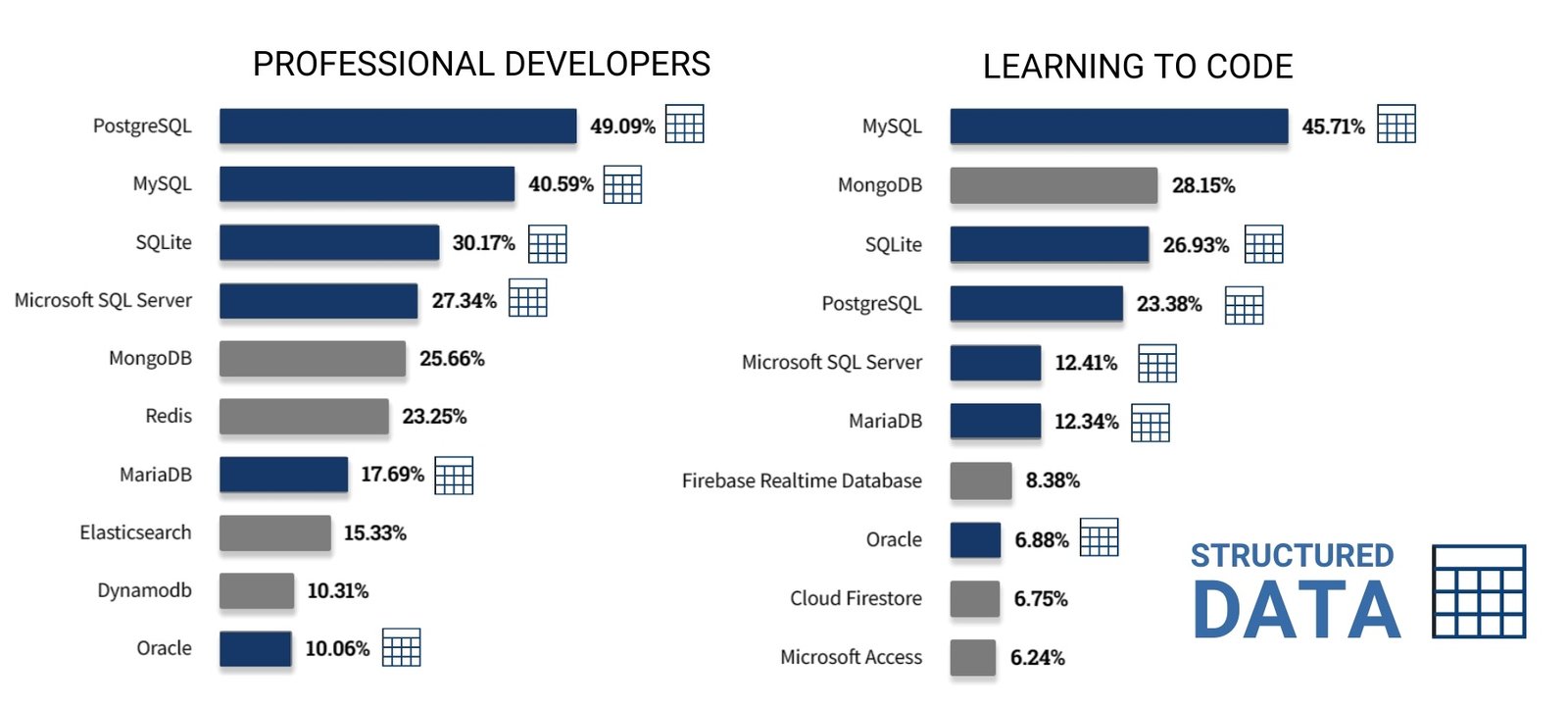
RDBMS provide reliability, data consistency, transaction support and use a powerful query language – SQL (Structured Query Language), which is often used in analytics and allows you to easily obtain, modify and analyze information stored in databases. SQL is the main tool for working with data in relational systems.


